What is the new plasticizer-free nitro?
This new nitrocellulose is a recreation of the nitrocellulose used by Fender and Gibson throughout the 60s. It modifies the formulation by eliminating the plasticizers to increase its rigidity and obtain a varnish that will make it easier to obtain a more natural and vintage look.
The main advantage compared to the different nitrocellulose varnishes is the speed of evaporation and melting between coats, thus allowing a more noticeable gloss effect and a greater vibration of the wood.
Application guide:
-Before starting the process the surface must be properly prepared. For this, the pore must have been closed before.
-We start by varnishing the sides first and then continue with the front and back sides,
–Movements should be linear, first horizontal and then vertical, and the surface should not be overloaded.
-The distance at which the product should be applied is about 25 cm.
-For best results, the temperature at the application site should be between 15 and 25 degrees.
Frequently Asked Questions:
How many spray cans do I need to varnish my guitar?
This will depend on the thickness of the coats and the skill using the spray. If it is your first project I recommend using 2 spray cans for an optimal finish. If you are more experienced one may be enough.
Where should I carry out the process?
A clean site will be essential to prevent dirt or dust particles from adhering to the surface.
Is sanding between coats mandatory?
It is not something you should always do, but it is advisable to remove any imperfections that remain in the paint at the end of each coat, as well as any particles that may adhere.
Will this varnish crack due to temperature changes?
The lines should appear as soon as they come out of the freezer if you have followed the previous steps correctly. The most important thing is to respect the drying times of the nitrocellulose, because if it is not dry the crazing process will be more complex.
Can I easily achieve a cracked effect with this varnish?
If you put the guitar in the cold and cover the surface with our Relic Patina when it comes out, the lines, although fine, will be easily marked.
For the use of Relic patina, you should follow the recommendations in its product data sheet.
By following our instructions and combining both products you will be able to achieve the desired effect on your guitar.
This is the process we have followed in the tutorial attached below.
IMPORTANT:
- The spray product contains a higher amount of solvent and therefore does not produce very pronounced crazing. If you are going to use spray and want a more pronounced streaking you should use Relic Gloss.
- The product in a 1L can should be mixed with approximately 15% solvent. The higher the proportion of solvent, the less aggressive the crazing will be.
Extra tip: Whatever format you use the product in, if after the guitar comes out of the freezer for the first time, the cracks do not appear, repeat the freezing process 2-3 more times.

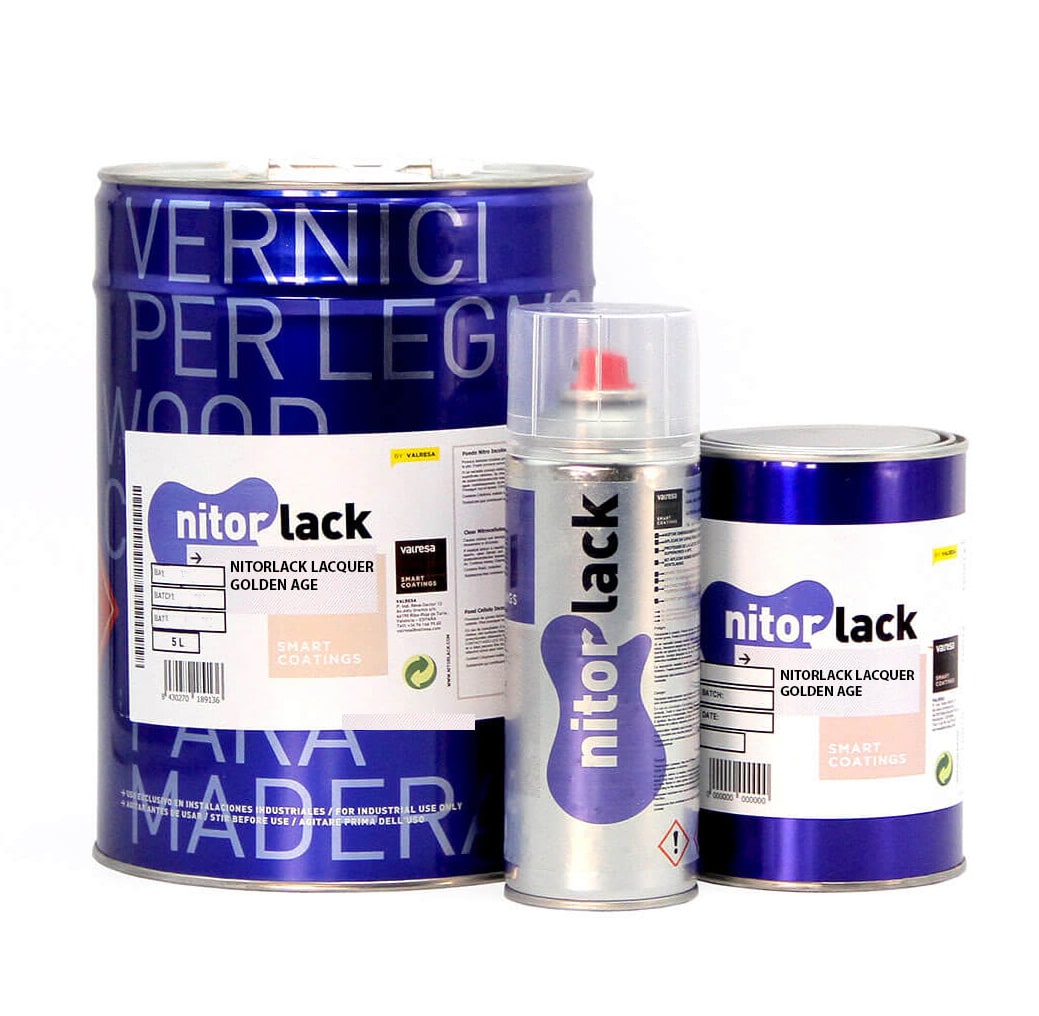



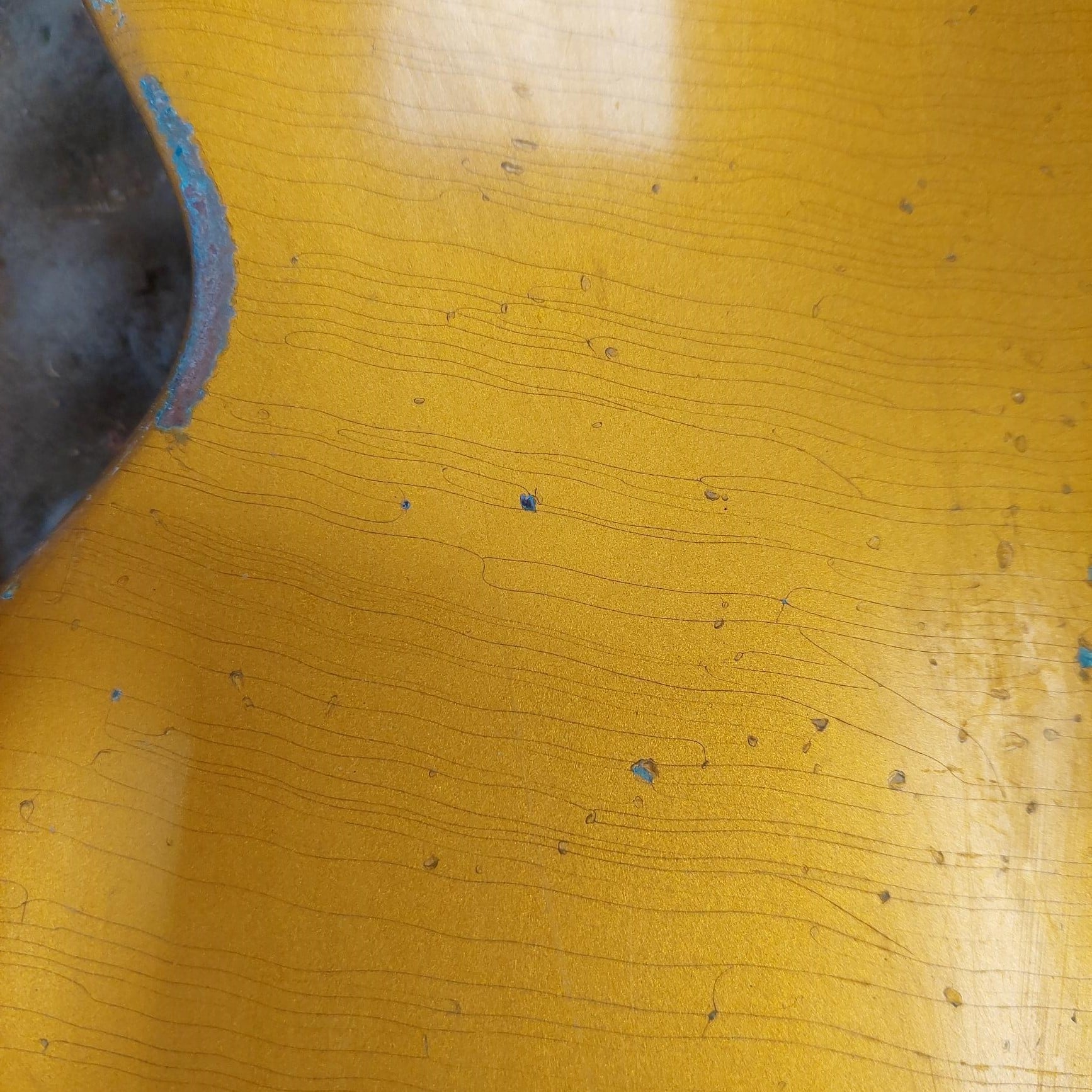

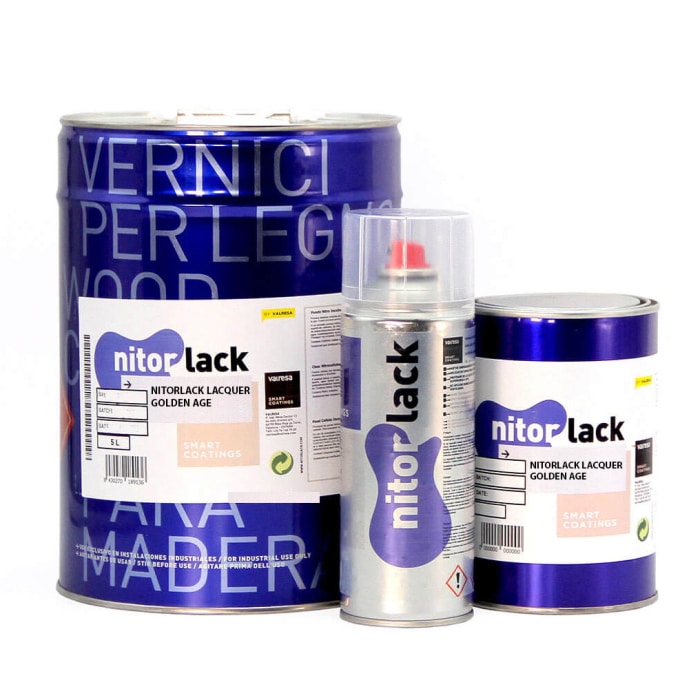
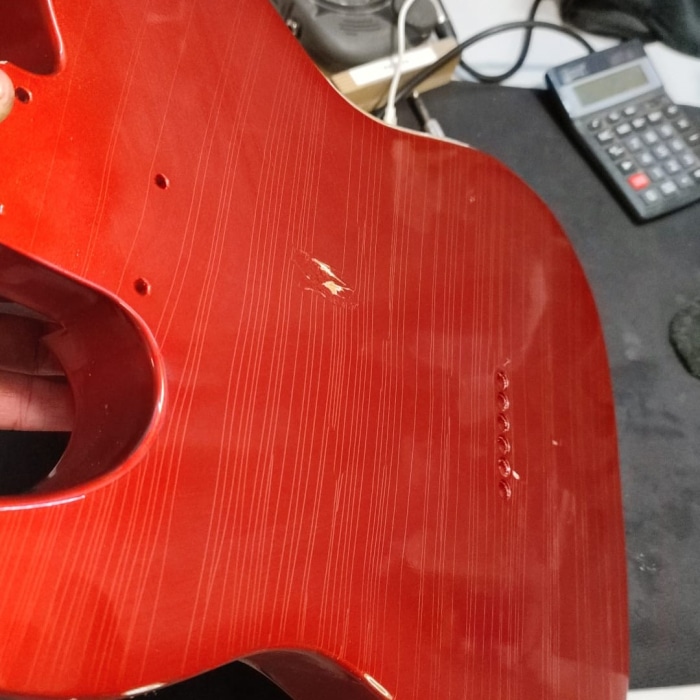

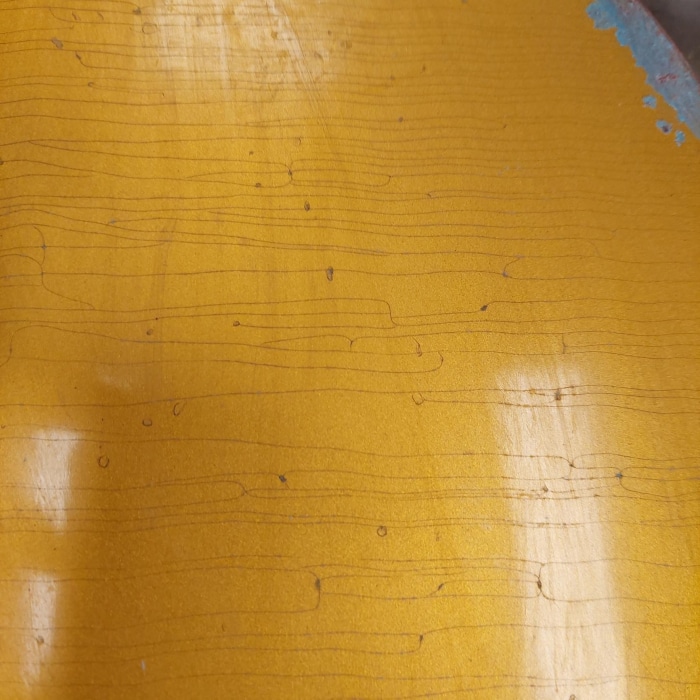

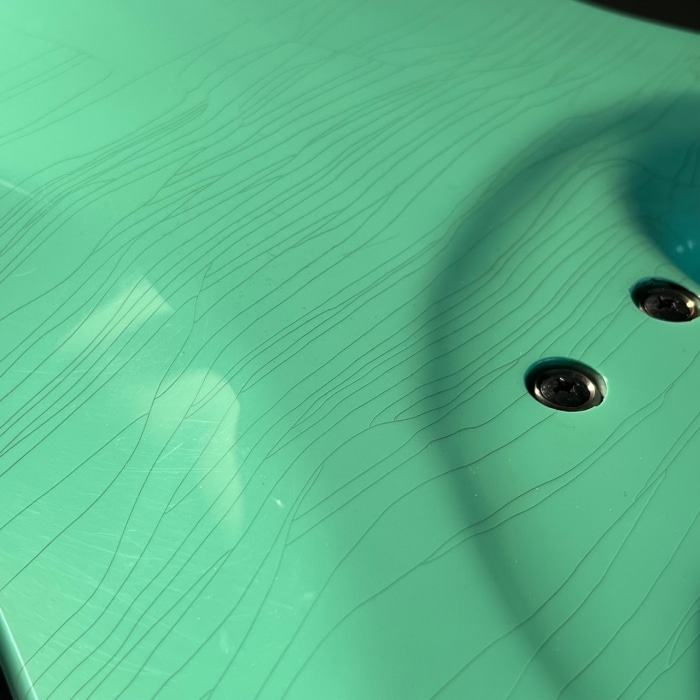
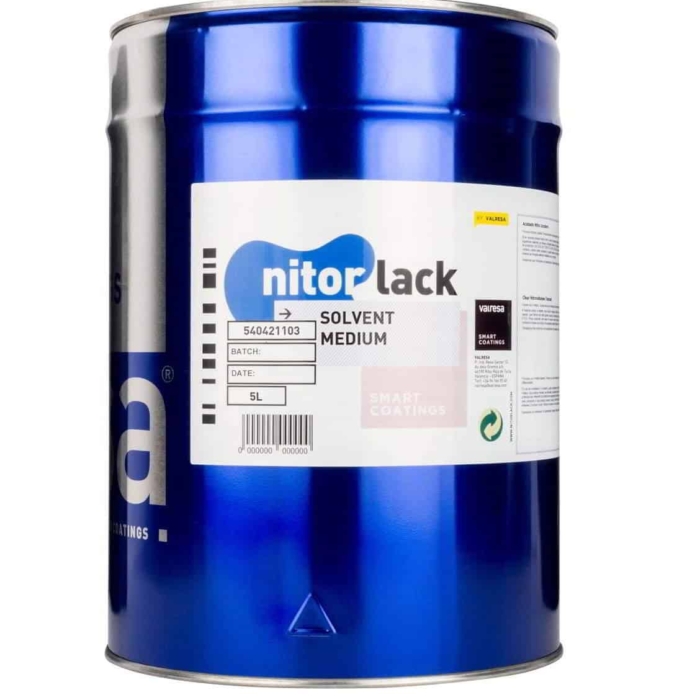
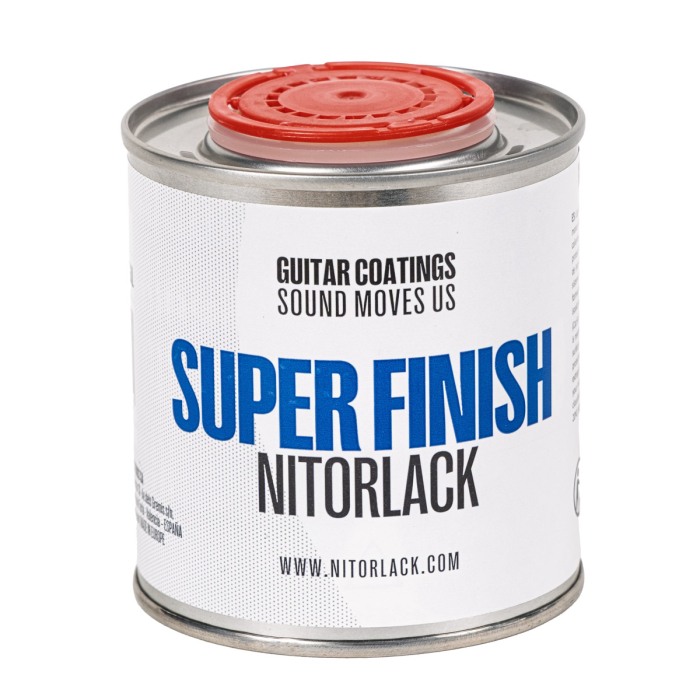
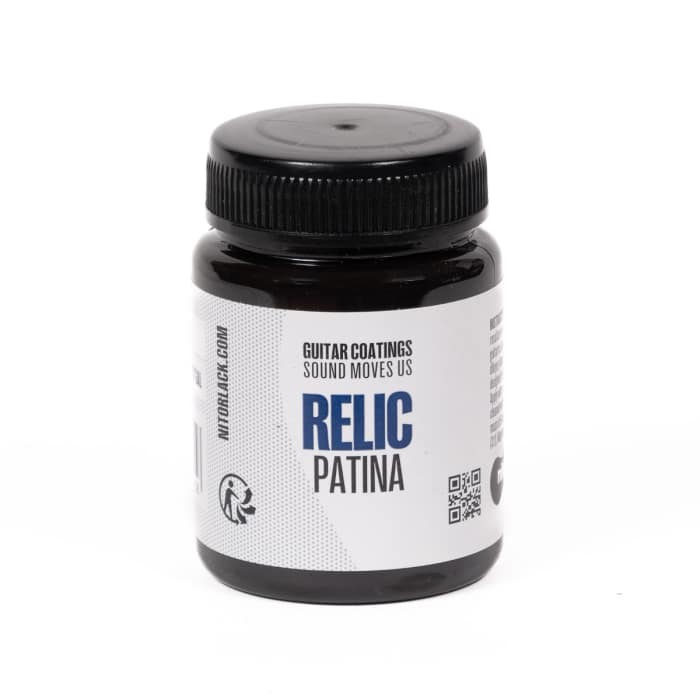
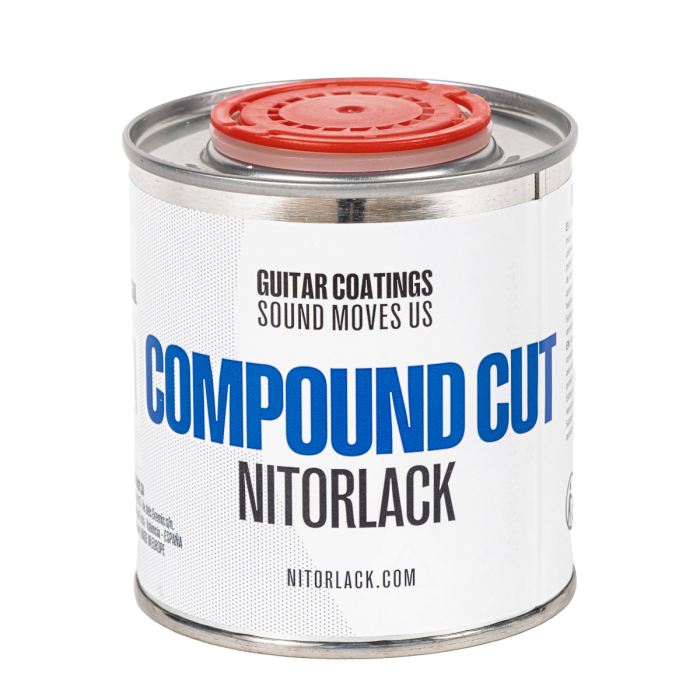
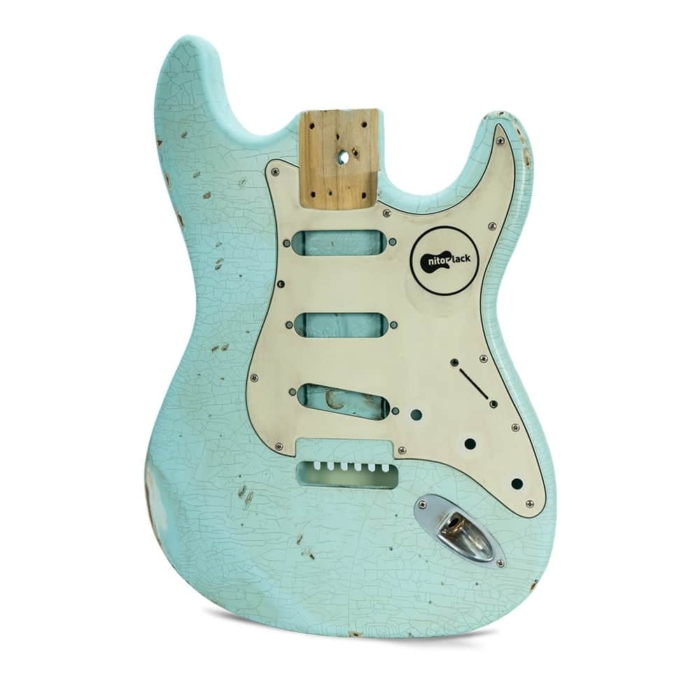
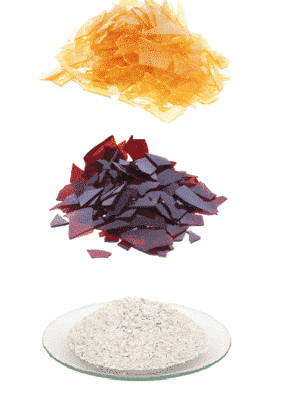
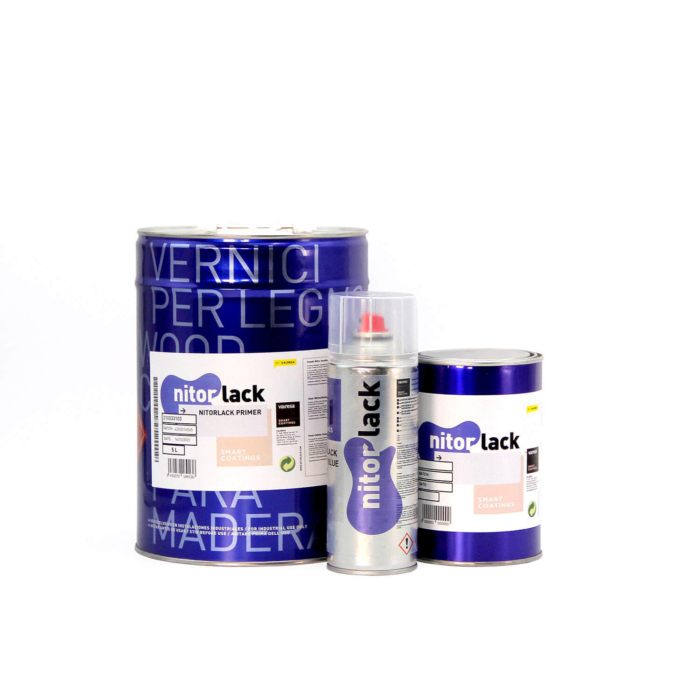
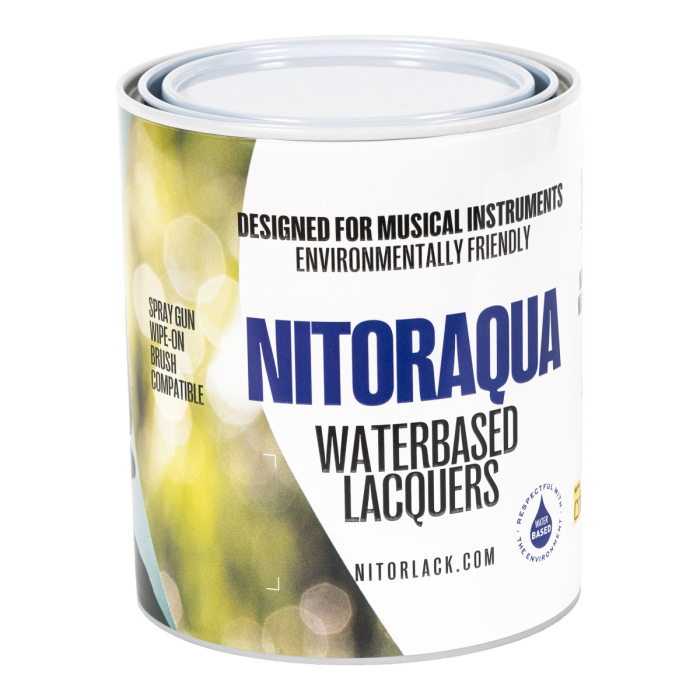
Reini (verified owner) –
Solle Frøkiær (verified owner) –
Michel van Es (verified owner) –
Nicolas (verified owner) –
Parfait pour un rendu vintage.
Très satisfait. Produit de qualité.
Massimo Ceresa (verified owner) –
Anonymous (verified owner) –
Very good top coat, high gloss, smooth and hard surface.
Bryan Torello (verified owner) –
Markus Hein (verified owner) –
Didier Puttemans (verified owner) –
Just to try a new relic experience, not yet done !
Anonimo (verified owner) –
Johannes H. (verified owner) –
jacques m. (verified owner) –
Filipe M. (verified owner) –
Very good coverage and very gloss.
John (verified owner) –
Ludo H. (verified owner) –
Anónimo (verified owner) –
Maxime SCHNEIDER (verified owner) –
John P. (verified owner) –
Yannick CAMBOU (verified owner) –
Antonio Miguel (verified owner) –
Perfecto. Desde un ligero brillo hasta efecto espejo según decidas en el proceso de pulido
Peer Larsen (verified owner) –
maurizio minguzzi (verified owner) –
Ottimo , una volta completamente asciutto risulta molto duro ottima resistenza al graffio sembra un 2k , al tatto completamente simile alle nitro di alta gamma eccezionale
Anonymous (verified owner) –
Mark L. (verified owner) –
MIGUEL ÁNGEL REQUENA MORENO (verified owner) –
Gérard Lefort (verified owner) –
Anonyme (verified owner) –